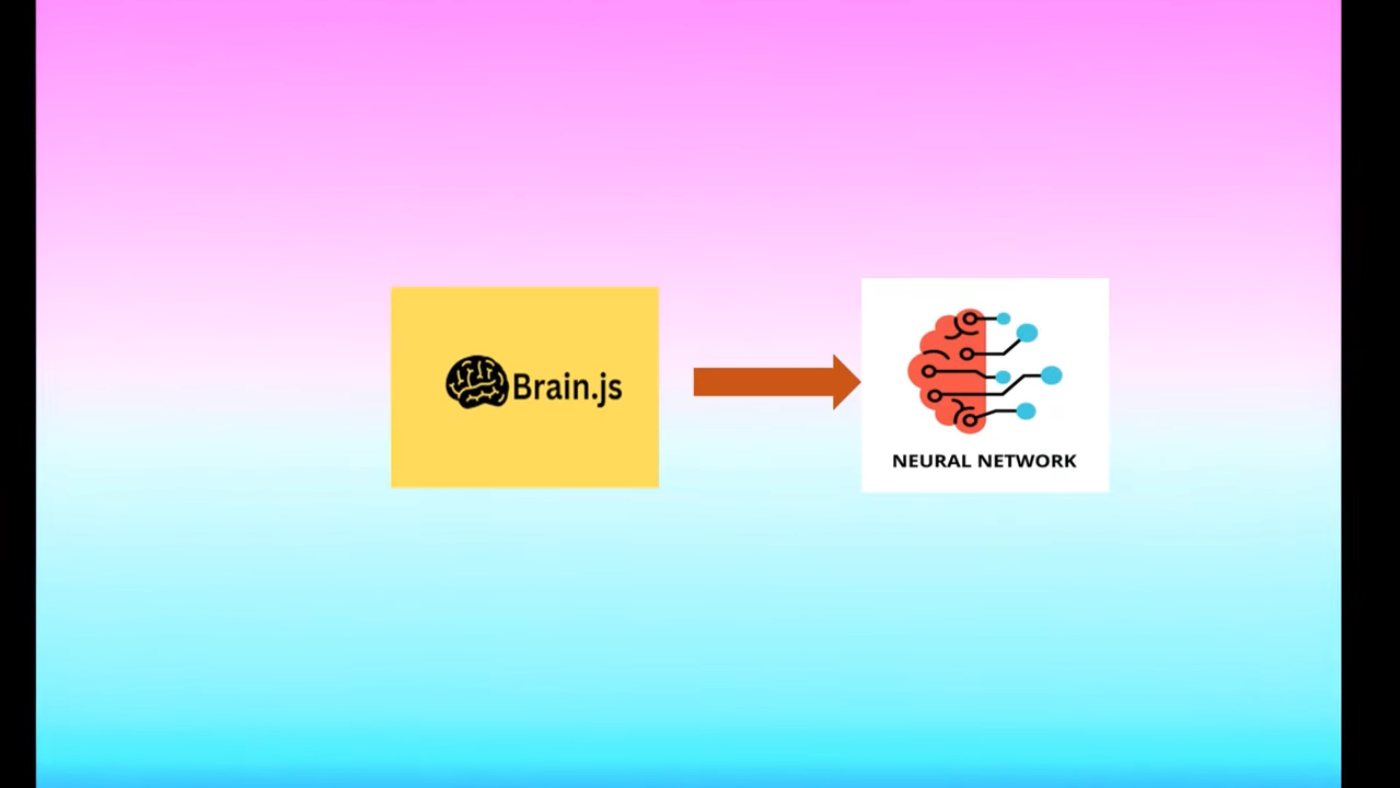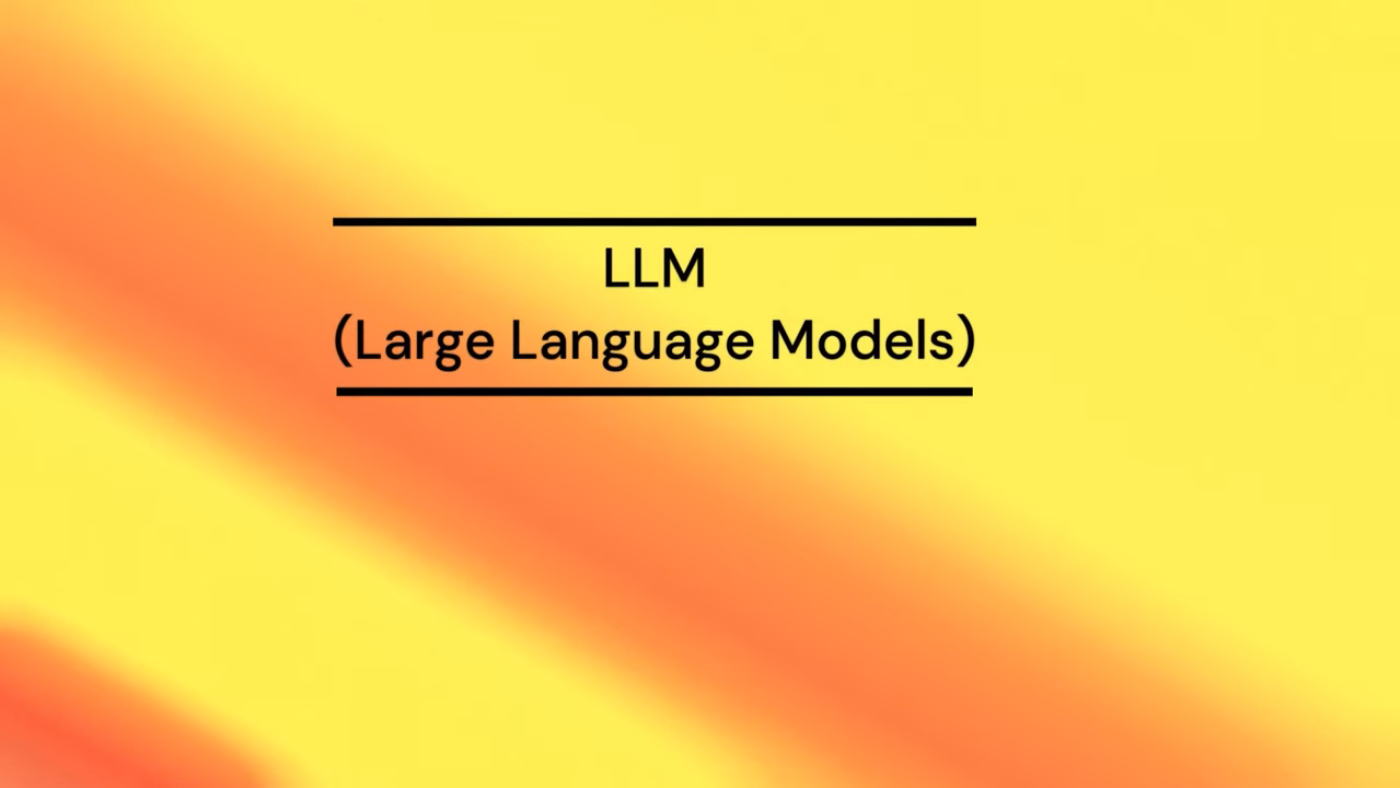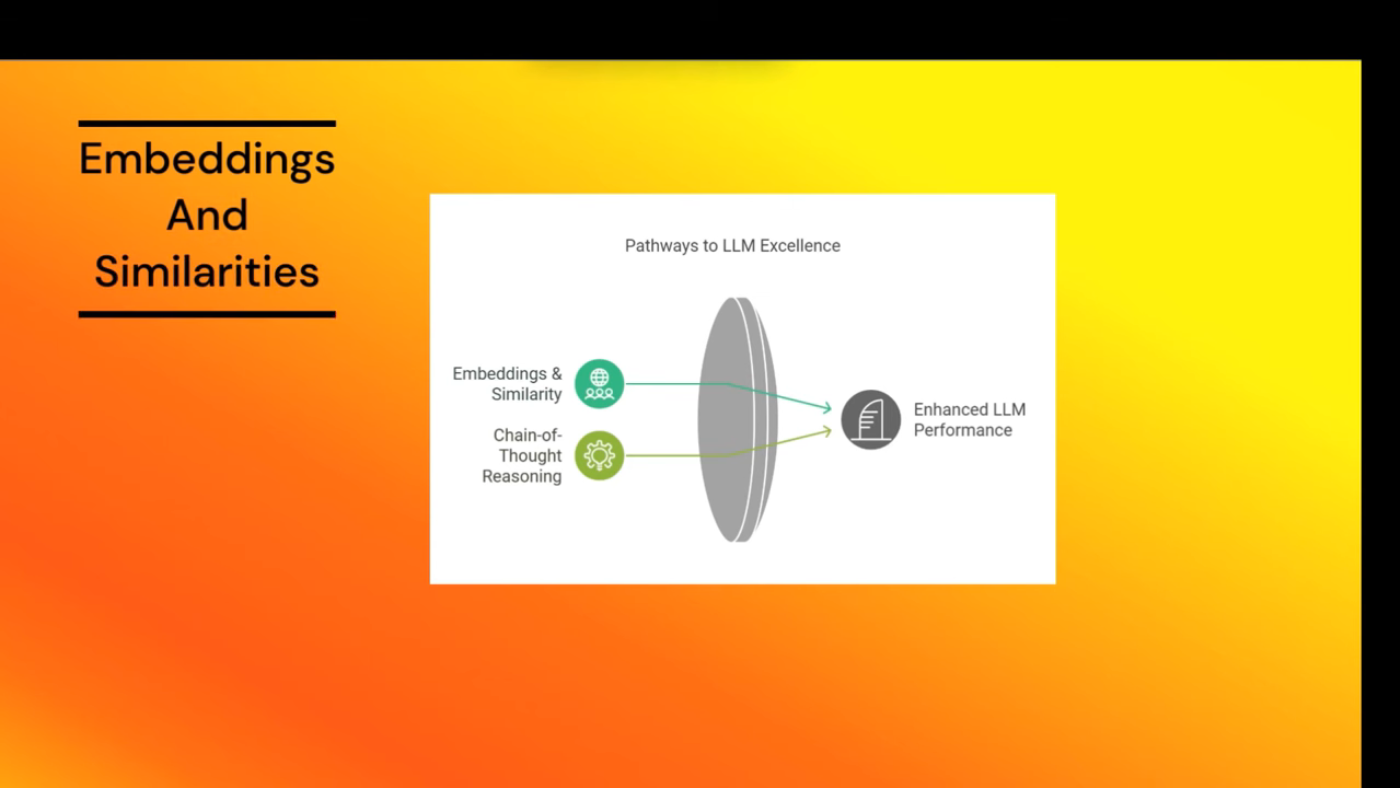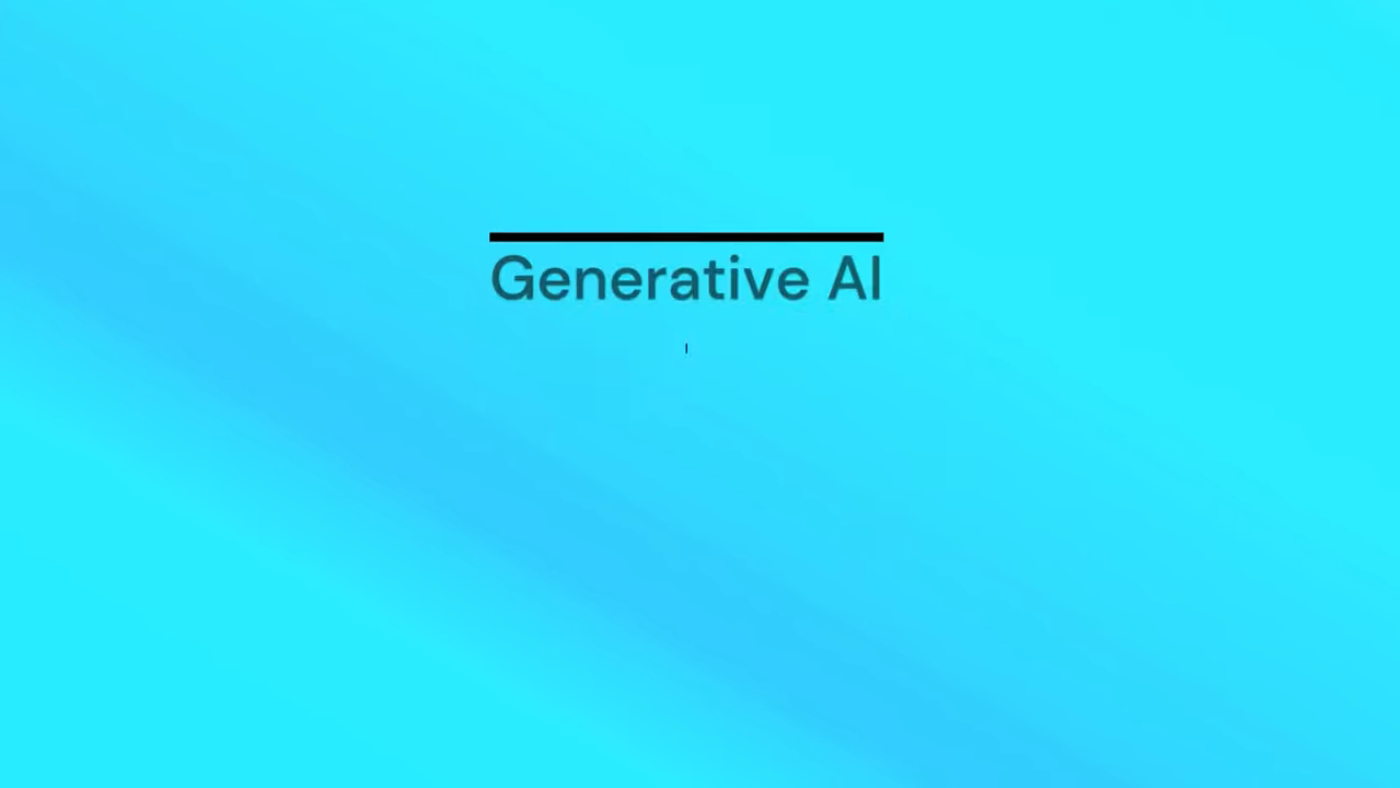Mastering Generative AI with Node.js: A Step-by-Step Guide
Generative AI is revolutionizing industries and enabling innovations like intelligent chatboards, creative content generation, and dynamic problem-solving systems. In this article, we will explore the ultimate roadmap for mastering Generative AI in 2025 with Node.js. Whether you're a beginner or an experienced developer, this guide will set you up for success.
Introduction to Generative AI and Node.js
 Introduction to Generative AI and Node.js
Welcome to Tech with Preet, where we explore the latest advancements in AI and technology. In this video, we will cover the key concepts in Generative AI and how Node.js integrates with AI systems.
Introduction to Generative AI and Node.js
Welcome to Tech with Preet, where we explore the latest advancements in AI and technology. In this video, we will cover the key concepts in Generative AI and how Node.js integrates with AI systems.
Step 1: Master the Core of Node.js
 Step 1: Master the Core of Node.js
The first step is to master the core of Node.js. Start by solidifying your JavaScript and Node skills, and familiarize yourself with code concepts like asynchronous programming, working with APIs, and managing dependencies. Explore TypeScript for safer and more robust coding practices.
Step 1: Master the Core of Node.js
The first step is to master the core of Node.js. Start by solidifying your JavaScript and Node skills, and familiarize yourself with code concepts like asynchronous programming, working with APIs, and managing dependencies. Explore TypeScript for safer and more robust coding practices.
Step 2: Explore AI Libraries and Tools in Node.js
 Step 2: Explore AI Libraries and Tools in Node.js
Once you have a solid understanding of Node.js, explore AI libraries and tools like TensorFlow.js, Brain.js, and Node.js wrappers for Hugging Face Transformers. Utilize Synaptic and Node.js rappers for Hugging Face Transformers to integrate pre-trained models.
Step 2: Explore AI Libraries and Tools in Node.js
Once you have a solid understanding of Node.js, explore AI libraries and tools like TensorFlow.js, Brain.js, and Node.js wrappers for Hugging Face Transformers. Utilize Synaptic and Node.js rappers for Hugging Face Transformers to integrate pre-trained models.
Step 3: Understand LMS and Prompt Engineering
 Step 3: Understand LMS and Prompt Engineering
Large language models (LMS) are the backbone of Generative AI applications. They are trained on vast amounts of data and can perform tasks like language translation, text summarization, and content generation. Learn how to craft effective prompts to get desired outputs from LMS and experiment with different formats like zero-shot, few-shot, and chain-of-thought prompting.
Step 3: Understand LMS and Prompt Engineering
Large language models (LMS) are the backbone of Generative AI applications. They are trained on vast amounts of data and can perform tasks like language translation, text summarization, and content generation. Learn how to craft effective prompts to get desired outputs from LMS and experiment with different formats like zero-shot, few-shot, and chain-of-thought prompting.
Step 4: Implement RAG with Node.js
 Step 4: Implement RAG with Node.js
Implement retrieval-augmented generation (RAG) with Node.js. RAG is a transformative approach in Generative AI that combines the power of LMS with external data sources. Choose a vector database like Pine, Faiss, or Weaviate, and use tools like OpenAI embeddings, Hugging Face Phrase Transformers, or L-Chain utilities to convert text data into vector embeddings.
Step 4: Implement RAG with Node.js
Implement retrieval-augmented generation (RAG) with Node.js. RAG is a transformative approach in Generative AI that combines the power of LMS with external data sources. Choose a vector database like Pine, Faiss, or Weaviate, and use tools like OpenAI embeddings, Hugging Face Phrase Transformers, or L-Chain utilities to convert text data into vector embeddings.
Step 5: Explore AI Agents
 Step 5: Explore AI Agents
Explore AI agents, which are autonomous systems designed to reason and execute tasks. Learn about react and multi-agent systems, where agents can work together to solve complex tasks. Understand how to implement memory and long-term context in AI agents, enabling them to retain information from past interactions.
Step 5: Explore AI Agents
Explore AI agents, which are autonomous systems designed to reason and execute tasks. Learn about react and multi-agent systems, where agents can work together to solve complex tasks. Understand how to implement memory and long-term context in AI agents, enabling them to retain information from past interactions.
Conclusion
Mastering Generative AI with Node.js requires a step-by-step approach. Start by mastering the core of Node.js, then explore AI libraries and tools, understand LMS and prompt engineering, implement RAG with Node.js, and finally, explore AI agents. Stay updated with AI advancements and regularly experiment with tools and frameworks to become proficient in Generative AI. With this roadmap, you'll be well on your way to building AI-powered applications and unlocking the full potential of Generative AI.
